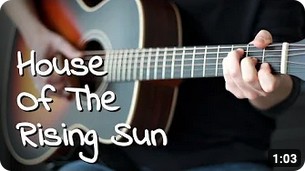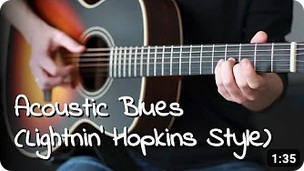Basic (dominant) seventh chords
Below are the most basic (dominant) seventh chords. Most of these chord shapes are open chord shapes, which means that not all strings are fretted. More advanced seventh chord shapes that can be moved around the neck will be discussed later.
(Dominant) Seventh chords contain a major chord plus the minor seventh. The seventh chord has a bright and happy sound, but the minor seventh adds a little tension. They are made up of four notes: the root note, the major third (root note + 4 semitones), the perfect fifth (root note + 7 semitones), and the minor seventh (root note + 10 semitones). Here is help on how to read chord diagrams.
C seventh

‣ The low E string is not part of the C seventh chord shape, so make sure it is muted.
D seventh

‣ The low E and A strings are not part of the D seventh chord shape, so make sure they are muted.
E seventh



‣ The sound of these three E seventh variations is not very different. I personally prefer variation 1, but which variation to choose often depends on the song you want to play.
F seventh


‣ The low E and A strings are not part of the F seventh variation 1 chord shape, so make sure they are muted. Variation 2 is the fuller sounding version of F seventh, played as a barre chord.
G seventh

A seventh



‣ The low E string is not part of the A seventh chord shape, so make sure it is muted. Whether you prefer A seventh variation 1 or variation 2 is more a matter of taste. Most people stick with the fingering they learned first. Variation 3 is widely used in fingerstyle because it offers some nice melody playing options with the pinky while the index finger bars the bottom four strings.
B seventh

‣ The low E string is not part of the B seventh chord shape, so make sure it is muted.

